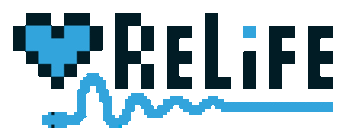Installation#
ReLife is a Python package. It is uploaded on the Python Package Index (PyPi). Before you install ReLife, make sure Python 3.11 (or newer) is installed.
Install ReLife with pip :
$ python -m pip install relife
Optional but recommended : create and activate a virtual environment before.
For Linux users :
$ /usr/bin/python3.** -m venv <venv_location>/relife
$ source <venv_location>/relife/bin/activate
For Windows users :
$ py -3.** -m venv <venv_location>\relife
$ .\<venv_location>\relife\Scripts\activate
From source : to install ReLife from source, go to the ReLife repository. Clone the codebase and install ReLife with pip.
$ git clone https://github.com/rte-france/relife.git
$ cd relife
$ python -m pip install .
For contributors, optional development dependencies (type checker, documentation builder, etc.) are available. Use this command instead :
$ python -m pip install -e ".[dev]"
